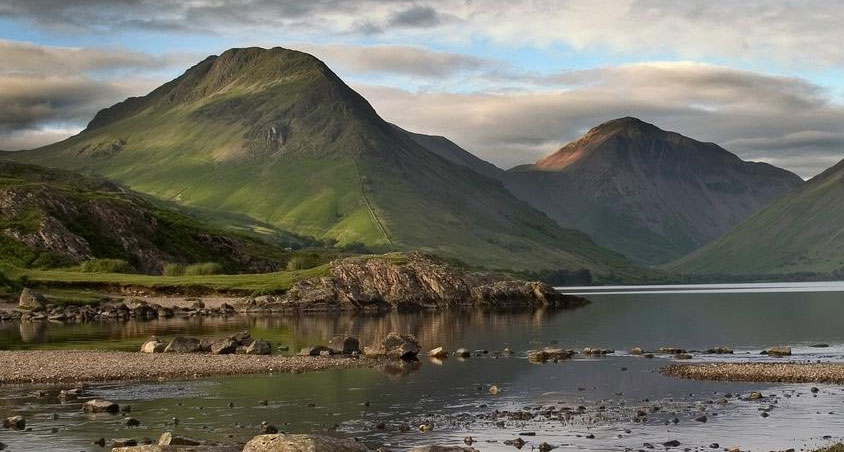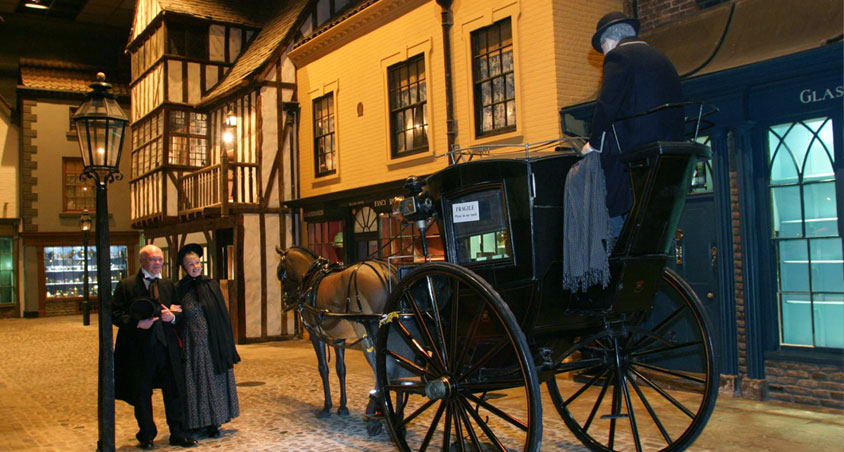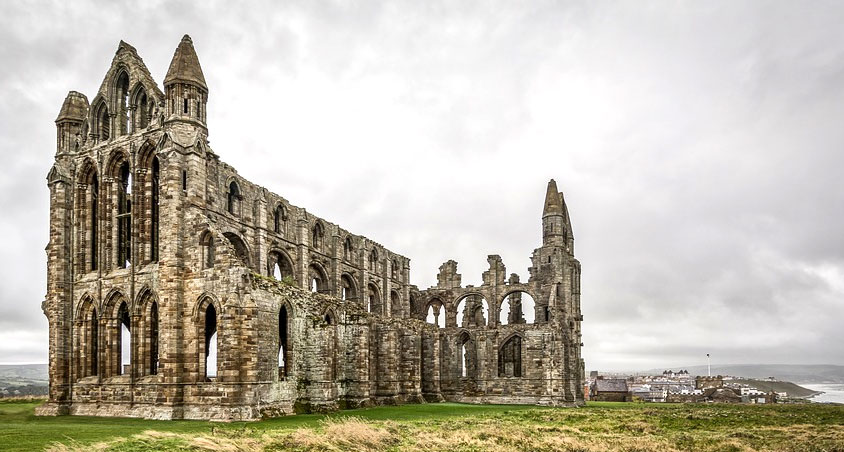Yorkshire is one of the most beautiful counties in the United Kingdom. The best way to experience its beauty is to indulge in some outdoor adventures. All you have to do is get into a comfortable outfit and grab your camera. As you move away from your place of accommodation, you’ll have many things to see and do.
You’ll be pleased to witness the cascading waterfalls, beautiful moors, rock formations, and magnificent cliffs. Here are some of the many ways to explore Yorkshire’s outdoors:
1. Hike the Hardcastle Crags
This Pennine valley is located to the north of Hebden Bridge. It has an abundance of rugged ravines, woodland areas, and flowing streams. Such beautiful sights would make hiking on the walking trails a memorable experience.
All these areas are rich in wildlife. One of the attractions is the Gibson Mill, which dates back to the 19th century. It offers tours as well as regular exhibitions. Entry to Hardcastle Crags is free. You won’t have to pay a parking charge if you’re a member of the National Trust.
2. Take the Three Peaks challenge
If you’re craving some adventure, get to the Yorkshire Dales. It is home to the three tallest peaks in the Dales, namely Whernside, Ingleborough, and Pen-y-Ghent. The entire landscape of Yorkshire Dales is dominated by the mountains.
People travel from distant places to climb all the mountains and test their stamina. Whernside has the highest summit among the three peaks, followed by Ingleborough and Pen-y-Ghent.
3. Chill out on Whitby Beach
Whitby is a popular seaside town along the coast of Yorkshire. One of the biggest attractions of the town is its charming beach. It is lined with beach huts that have vibrant colours and are set against the backdrop of enormous cliffs. This beach holds the prestigious Blue Flag status.
So, you can be assured that the water and sand are clean and safe. You can try surfing if you want to have some adventure in the waters touching the beach. If you just want to relax, hire a deckchair and enjoy the sun.
4. Go walking around Aysgarth Falls
Some of the most picturesque waterfalls in Yorkshire await you in Aysgarth Falls National Park Centre. They may not be the tallest, but they allow you to walk around the upper, middle, and lower falls. This is made possible with the presence of walking trails around all these three falls.
While walking the trail, you can enjoy the sights of water cascading over the steps of limestone. These falls are merely a 10-minute walk from the village of Aysgarth. Also located in Aysgarth Falls National Park Centre is Coppice Cafe. It serves meals that are prepared using ingredients that are locally sourced.
5. Visit the Malham Cove
In the heart of the Yorkshire Dales National Park is located Malham Cove. During the last Ice Age, it was a waterfall carrying melted glacial water. Today, it is an impressive rock formation composed of limestone. The rock brings climbers from distant places looking for a challenging climb.
It also attracts walkers who wish to have a pleasant hike to the top. Once you’ve reached the top of the rock, you can take in the breathtaking views of the surrounding valley.




